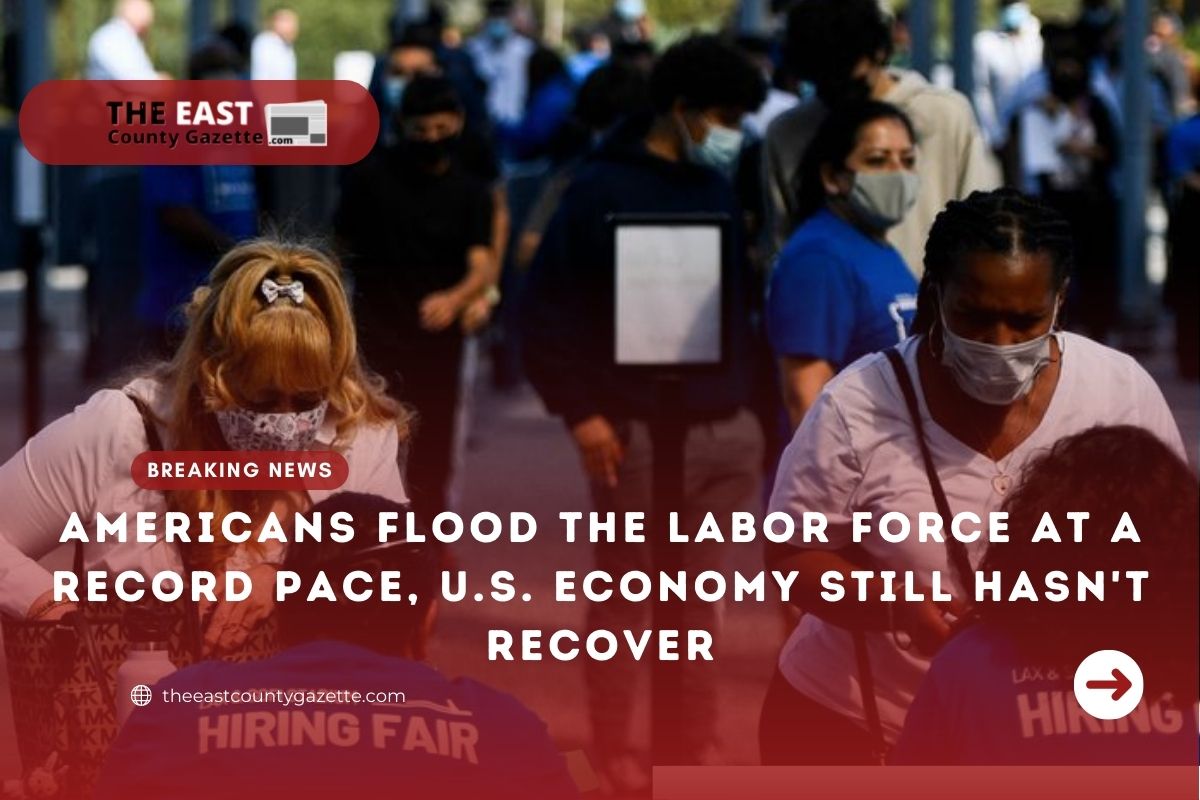Analysts were surprised by the addition of 467,000 jobs in January, which overcame omicron concerns while extending the long-term trend of job growth, the Bureau of Labor Statistics reported on Feb. 4, 2022.
Meanwhile, the conversation reported that the jobless rate rose from 3.9% to 4%. An average person might get the latter wrong and ask isn’t a large increase in jobs supposed to reduce unemployment? Well, Yes. But things here are a little different.
According to analyses, the main cause of these contradictory results is an increase in the number of people joining the job market – the largest increase in 19 months.
The labor participation rate – which measures the proportion of working-age Americans working or looking for work – dropped sharply on the eve of the pandemic.
It may now be beginning to recover. As of April 2020, it was 60.2% but has slowly risen since then. As of January, it stood at 62.2%, the highest level since the peak of the pandemic in mid-2020. The 2.2 percentage point gain since April 2020 may not seem huge, but it equates to about 5.8 million people rejoining the workforce.
According to an economist who has closely monitored the labor market over the past year, people are being encouraged as well as forced to return to the job market. Reports and data suggest that those who left the labor force and did not return to it are now finding opportunities that are too good to miss.
The wages are continuing to rise – they rose rapidly in January 2022, with the average hourly wage up 5.6% from a year earlier.
At the same time, several businesses seem to be responding to workers’ requests for more scheduling flexibility and a better work-life balance.
Read More: Your Tax Refund Is Likely To Be Affected By the Child Tax Credit
There has been an increase in Americans working remotely due to greater job flexibility. As the omicron variant spread and staffers were given the option to work from home, working from home increased to 15.4% of the workforce in January, thanks to the omicron variant and remote working options.
Employer-driven factors aren’t the only reason for the rise in labor participation.
A person’s personal resources can deplete over time if they don’t have a job and stable income. The pandemic left many people without jobs, but some of them were able to cover their essential costs such as housing and groceries by relying on personal savings, family support, and generous government benefits.
These resources aren’t unlimited, though. Speaking on the trend observed in 2021, the number of long-term unemployed decreased in January, suggesting that a growing number is returning to the labor force.
Further, the cost of living is increasing more rapidly than at any time in the past 40 years. The problem is exacerbated by the fact that wages are lagging, putting pressure on families that were living on a single income during the pandemic.
If inflation continues to outpace wage increases, job holdouts may not be able to hold out much longer.
Even with the increase in labor participation, the U.S. economy is still far from ending the current labor shortages that are hurting businesses.

